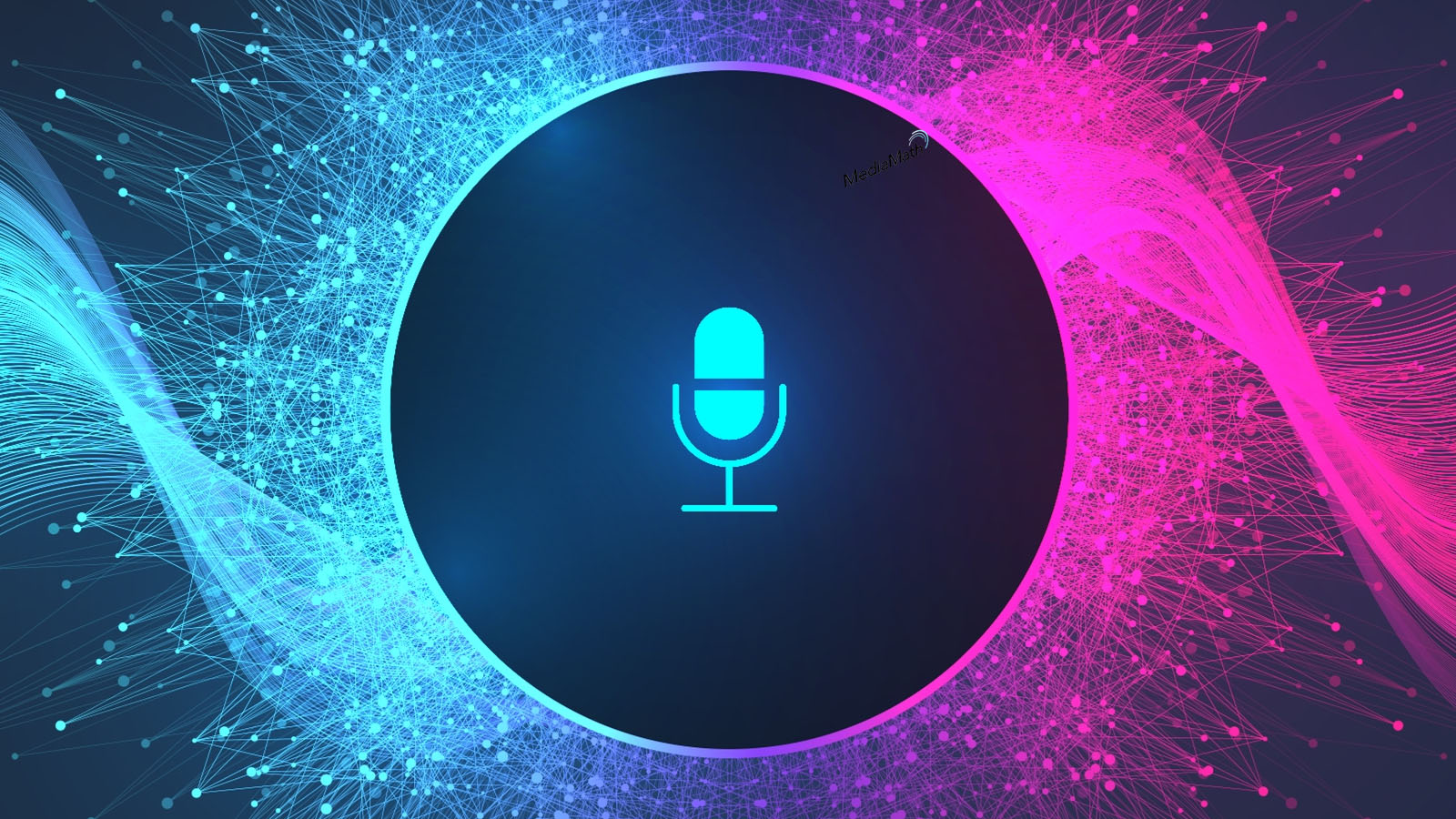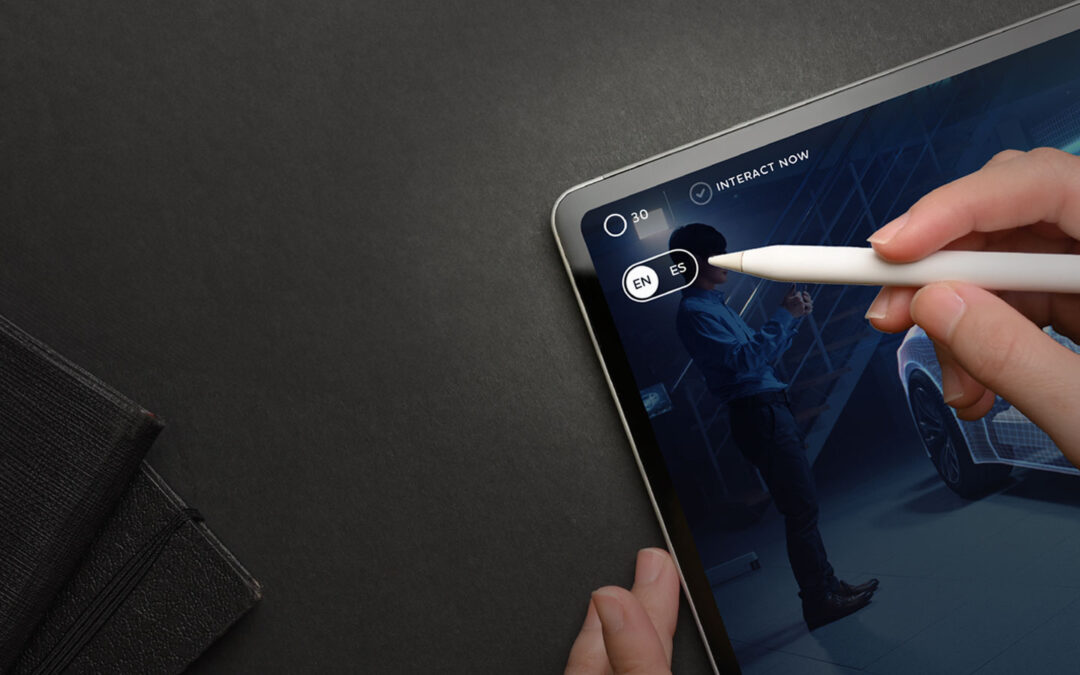Behind the Scenes with Infillion’s Groundbreaking AI Voice Tech

Nowadays it’s practically impossible to go to an advertising or digital media industry event without hearing nonstop opinions and predictions about artificial intelligence. These days, much of it is about generative AI – the use of artificial intelligence to produce images, text, code, and more. But AI is far more complex than ChatGPT and Midjourney, and at Infillion, we’re well aware – we’ve been using AI in our ads, targeting, and measurement for years. Given all the industry conversation and controversy around AI, especially in the creative process, the Infillion team is bringing you a series of blog posts that explains our approach to AI and why we see it as a way to enhance what humans do best.
We want to start with one unique way that we’ve been working AI into our ads since 2018: voice control. In fact, the AI-powered voice recognition tech in our TrueX ads made us the first company to ever bring voice commands to ads on desktop computers and connected TV.
Here’s the story behind it.
How We Built a “Virtual Alexa”
Infillion’s TrueX pioneered AI-powered voice control in ad tech with a campaign for our clients at Amazon. Coming to us in late 2017, they had a unique challenge: Early adopters to the company’s Echo devices (and their Alexa voice assistant) had eagerly purchased them and were fully sold on how Alexa made their lives easier. But the next generation of consumers was going to be tougher to win over.
Voice control was just starting to pick up among consumers; at the time, research showed that one in five consumers was using voice to interact with their TVs, and PwC estimated that only 26% of U.S. consumers owned smart home devices. People who didn’t own voice-controlled devices often said the reason why they didn’t was because they figured they wouldn’t be useful, that they’d be hard to control, or that they’d require a lot of tech support.
Amazon realized that the best way to convince skeptics of the power of Echo devices was to give them a way to try out the product for themselves, at home. Working with the TrueX engineering and creative teams, they devised an interactive ad campaign in which streaming video viewers could try out real Alexa commands in one of several virtual home settings – a kitchen, a living room, and a bedroom.
This wasn’t easy from a tech standpoint. The only voice-controlled ads, so far, had been for mobile devices – which for obvious reasons, people are well accustomed to talking into – like a 2013 JetBlue ad that encouraged consumers to make pigeon noises. Voice tech had never been created for ads on desktop or connected TV. It was also imperative that the technology be just as responsive as an actual Echo device.
“Alexa and Echo were themselves early examples of AI – specifically natural language processing – at work in our homes well before the AI hype wave crashed over us all in late 2022,” Tom Rothenberg, global business lead for Amazon at IPG, explains. “So, we have always had a high bar for any technology provider that we worked with, in any AI campaigns that gave non-owners a sense of how seamless and natural Alexa – and Echo devices – really are to interact with.”
Our engineering and creative teams infused the TrueX ad canvas with similar natural language processing tech in a first-to-market innovation that allowed the ad to respond immediately to a user’s voice just like a real Echo device would.
“Infillion’s TrueX custom-built software easily cleared that bar, giving us some of our most advanced and impactful Alexa campaigns long before ChatGPT or Bard were on our desktops,” Rothenberg says.
Voice Control Beyond Alexa
The voice-controlled TrueX ads for Amazon continued with an interactive add-on to the company’s 2019 Super Bowl ad, in which astronaut Scott Kelly narrated an Alexa-controlled space station (complete with aliens). Combined, he 2018 and 2019 Echo ads were four-time OMMA Awards winners (including one in the Artificial Intelligence category), a Webby Awards honoree, and an AdExchanger Award winner in the Omnichannel Video category.
But Infillion’s voice activated tech didn’t stop there. It has also been implemented in a campaign for GE’s smart light bulbs, LEGO’s Harry Potter collection (casting spells with voice control is fun!), and most recently a campaign for Visit Britain that encourages users to try out slang from around Great Britain in its varied accents.
“As voice control continues to become more popular among consumers, we see more demand for it among clients,” says Simon Asselin, Infillion’s CTO. “The Infillion engineering team has continued to work over the years to make our AI-powered voice recognition tech easier and more seamless to implement in ads across devices and operating systems.”
Does AI-powered voice control spark your brand’s curiosity? Reach out to the Infillion team and we can tell you even more about it.
Subscribe to our blog:
Related Posts:

Q&A: Why Supporting Diverse-Owned Media Is Part Of A Great Multicultural Strategy
Reaching multicultural audiences is often spoken about separately from putting spend behind media owned by members of underrepresented groups – and when this happens, brands are missing an opportunity. For our recent research report Engaging Multicultural Audiences,...

Q&A: How Interactive Language Toggles Can Add New Flavor To Bilingual Ads
Did you know Infillion was the first company to ever build ads for bilingual audiences that allow users to toggle between languages in real time? Michael Colella, SVP and Executive Producer of Infillion’s Creative Studio, gives a behind-the-scenes look at this...

Q&A: The Nuances Of Marketing To Asian-American Audiences
Over the years, multicultural marketing has frequently overlooked Asian audiences. Hailing from over 70 different ethnicities, Asian-Americans are diverse and frequently misunderstood. Can they even be considered a single demographic for advertisers? For our recent...
Let's Connect
We can help you create the personalized ad experiences viewers expect.

